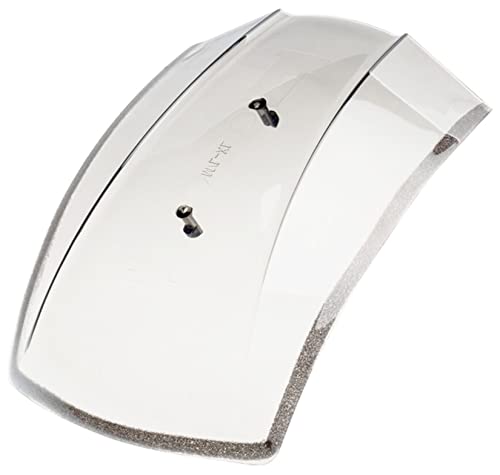- Joined
- Dec 3, 2009
- Messages
- 11,041
- Reaction score
- 308
- Location
- Kingsport, Tennessee
- My Bike Models
- Former '82 GL1100 "The Slug"
I have a clutch hub nut removal tool coming so I should be able to check the scavenger pump inlet next week. My Boss and I were talking and he said we can use his vibration analyzer to "listen" to a video of the '81 knock and we will be able to determine the location by the knock RPM in relation to engine order frequencies.
He is an expert in vibration analysis on ships, engines and other moving equipment. We recently did a vibration test on one of the Statue Of Liberty ferries and while driving through the water were able to tell that a specific propeller blade frequency was causing the ships bottom plates to vibrate and cause the vibration to travel throughout the ship while traveling at a specific engine speed on one of the two main diesel engines!
He said this '81 engine should be an easy one! :smilie_happy:
He is an expert in vibration analysis on ships, engines and other moving equipment. We recently did a vibration test on one of the Statue Of Liberty ferries and while driving through the water were able to tell that a specific propeller blade frequency was causing the ships bottom plates to vibrate and cause the vibration to travel throughout the ship while traveling at a specific engine speed on one of the two main diesel engines!
He said this '81 engine should be an easy one! :smilie_happy:











































